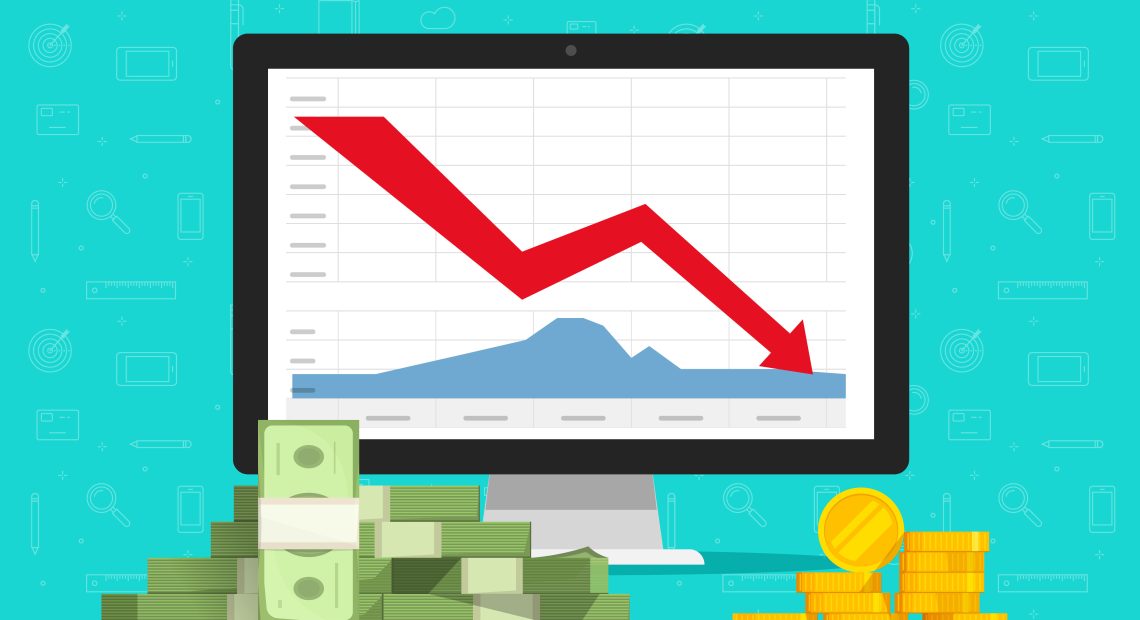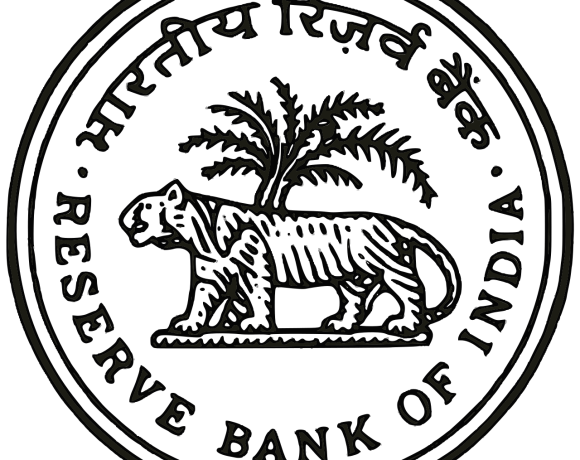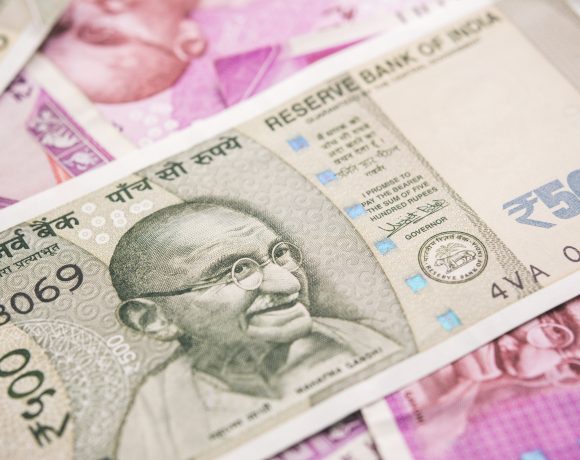
India’s Inflation Expected to Ease to 5.4% in November
Decline in Vegetable Prices Expected to Ease India’s Inflation
India’s inflation rate is anticipated to decrease to 5.4% in November 2024, down from 6.21% in October, primarily due to a significant drop in vegetable prices. This decline is expected to provide relief to consumers and may influence the Reserve Bank of India’s (RBI) monetary policy decisions.
Impact of Vegetable Prices on Inflation
Vegetable prices, which have been a major contributor to food inflation, are showing a downward trend due to improved supply conditions and favorable weather. This reduction is expected to lower the Consumer Price Index (CPI), easing the overall inflation rate.
In October 2024, India’s CPI inflation rose to 6.21%, surpassing the RBI’s target range. The anticipated decrease to 5.4% in November suggests a return towards more manageable levels, aligning with the central bank’s objectives.
Implications for Monetary Policy
The RBI has maintained a cautious approach, keeping the benchmark interest rate steady at 6.50% while implementing measures like reducing the cash reserve ratio to support economic growth. A sustained decline in inflation could provide the central bank with greater flexibility to adjust interest rates in the future, balancing the goals of controlling inflation and fostering economic expansion.
Economists suggest that if inflation drops below 5% by December 2024, a repo rate cut may be possible in early 2025. This potential policy shift would aim to stimulate investment and consumption, contributing to the country’s economic recovery.
Economic Outlook
India’s economic growth has shown signs of slowing, with GDP growth falling to 5.4% in the third quarter of 2024, the slowest in nearly two years. High inflation has further complicated the economic landscape, affecting consumer spending and business investment.
The expected easing of inflation in November offers a positive signal for the economy, potentially boosting consumer confidence and spending power. However, ongoing vigilance is required to monitor global economic conditions and domestic factors that could impact inflation and growth trajectories.


















